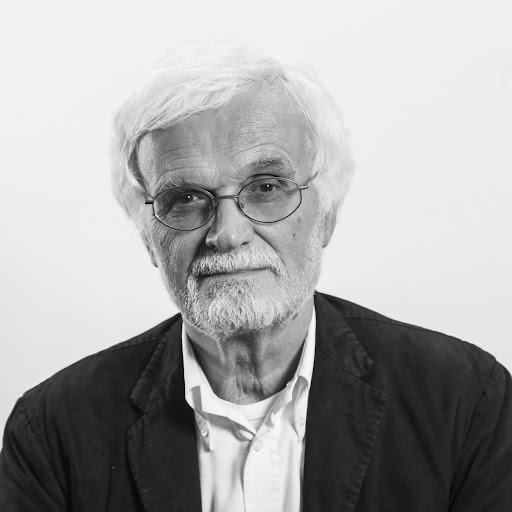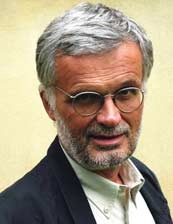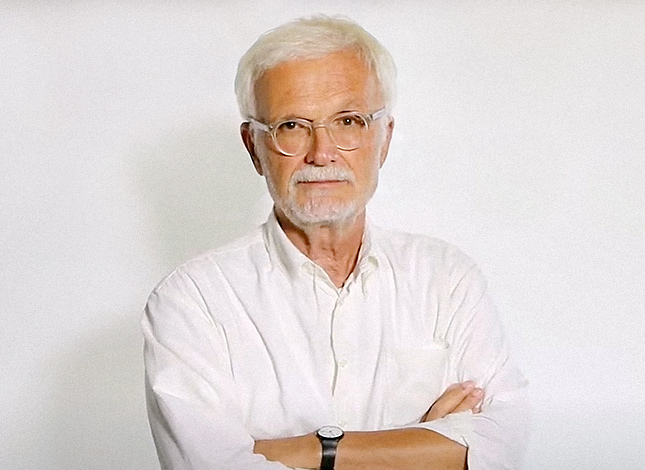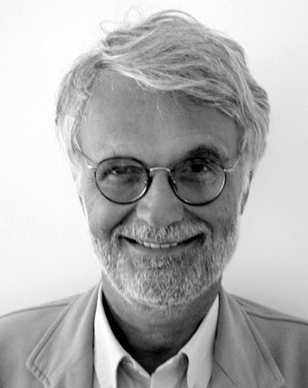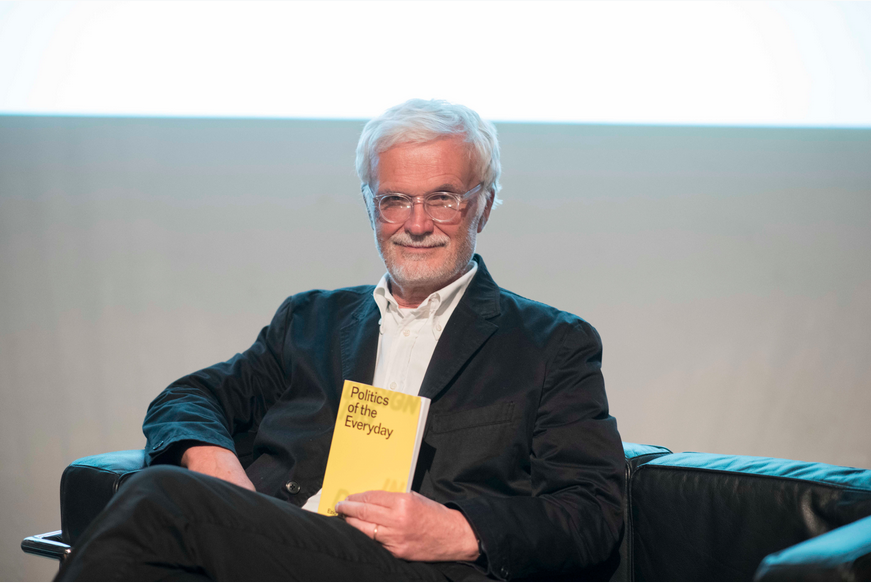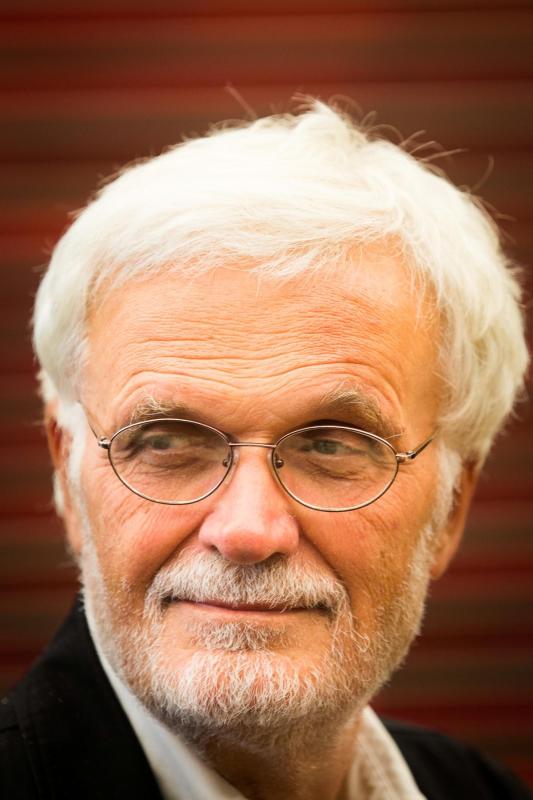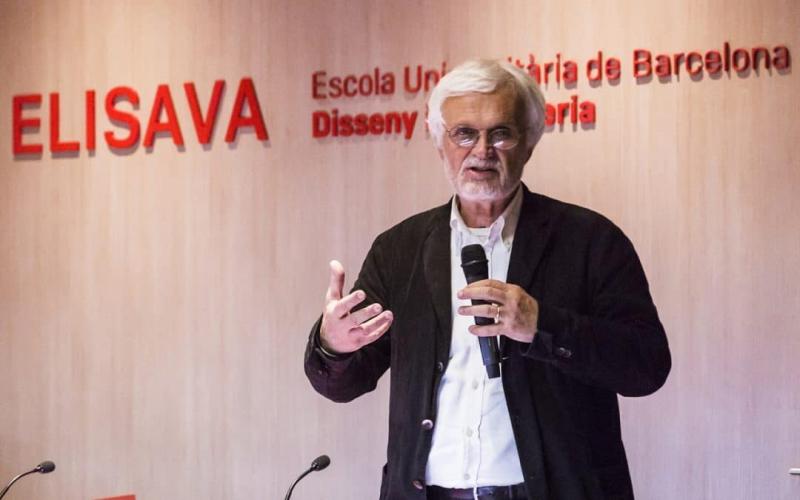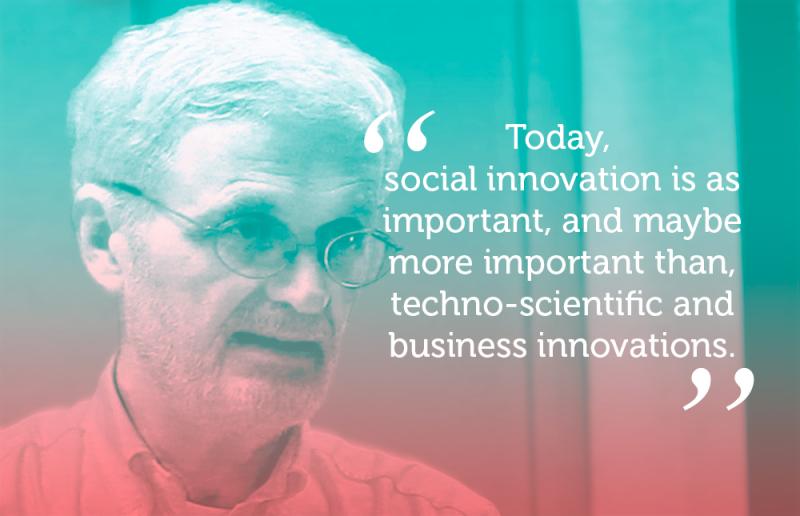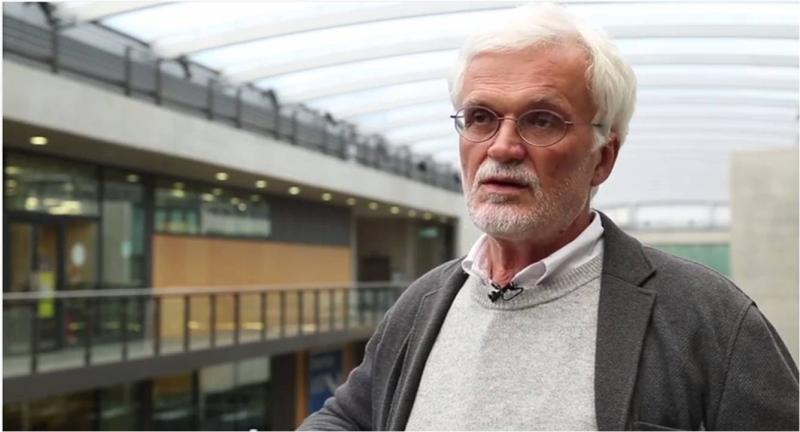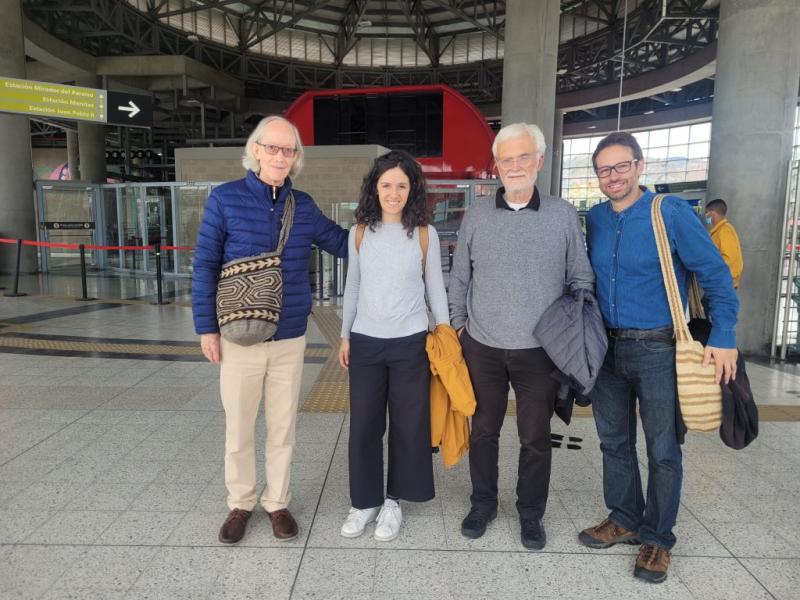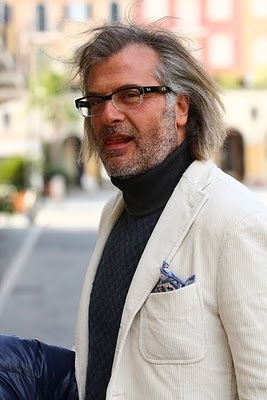
MANZINI, Ezio
- Diseñador industrial, arquitecto e ingeniero
- 1945 Italia
- 01.- Biografía. Wikipedia [13-3-2019]
- Referencia bibliográfica. Cuando todos diseñan de Enzio Manzini [13-3-2019]
- Wikipedia [24-3-2025]
MONTANER, J,M., La Modernidad superada. Arquitectura, arte y pensamiento del siglo XX.
Gustavo Gili. Barcelona, 1997.
págs.59-88. “ El racionalismo como método de proyectación: progreso y crisis”
También los campos del diseño, la industria y la ciencia han planteado nuevas interpretaciones que se basan en la crítica al racionalismo: desde los textos sobre los nuevos materiales y los procesos de proyectación publicados por Ezio Manzini hasta las teorías sobre la importancia de la creatividad en el mundo de la ciencia, según Ilya Prigogine, y en el mundo de la filosofía, según José Antonio Marina. Ya en su primer texto, Intenciones en arquitectura, Christian Norberg-Schulz había señalado cómo “el razonamiento es -aproximandamente- exacto, pero torpe y burocrático, mientras que la percepción es espontáneamente “ingeniosa e insegura””. Todos ellos defienden que junto a elementos racionales, sistemáticos y metódicos, toda actividad, tanto científica como artística, se complementa con mecanismos irracionales, de astucia, de inspiración y de azar. Los proyectos arquitectónicos de Rem Koolhaas o Bernard Tschumi, con su heterogeneidad radical de referencias, con su superposición de fragmentos, con su dinamicidad, con sus collages de imágenes, son expresión de la esencia caótica y multidimensional del presente. En la medida que la racionalidad instrumental está en la misma base de la modernidad, en los escritos de Walter Benjamin, Theodor W. Adorno, Maurice Merleau-Ponty o María Zambrano, crítica al racionalismo y crítica a la modernidad coinciden. Dichos autores han dejado claro que tanto un pensamiento estrictamente cartesiano y racional como una doctrina opuesta basada en la intuición esencial, son falsos. Todo pensamiento debe incluir la razón y la intuición como procesos básicos y complementarios.
Págs. 207-222. Ezio Manzini ha constatado en su libro La materia de la invención (1986) que las más altas tecnologías permiten ya, aunque parezca paradójico, aproximarse a las formas orgánicas y arborescentes de la naturaleza. Tras siglos de racionalismos que han intentado ahogar las corrientes naturalistas y organicistas surgidas desde el siglo XIX, sería posible una modernidad superada en la que el naturalismo fuera integrado.
---
